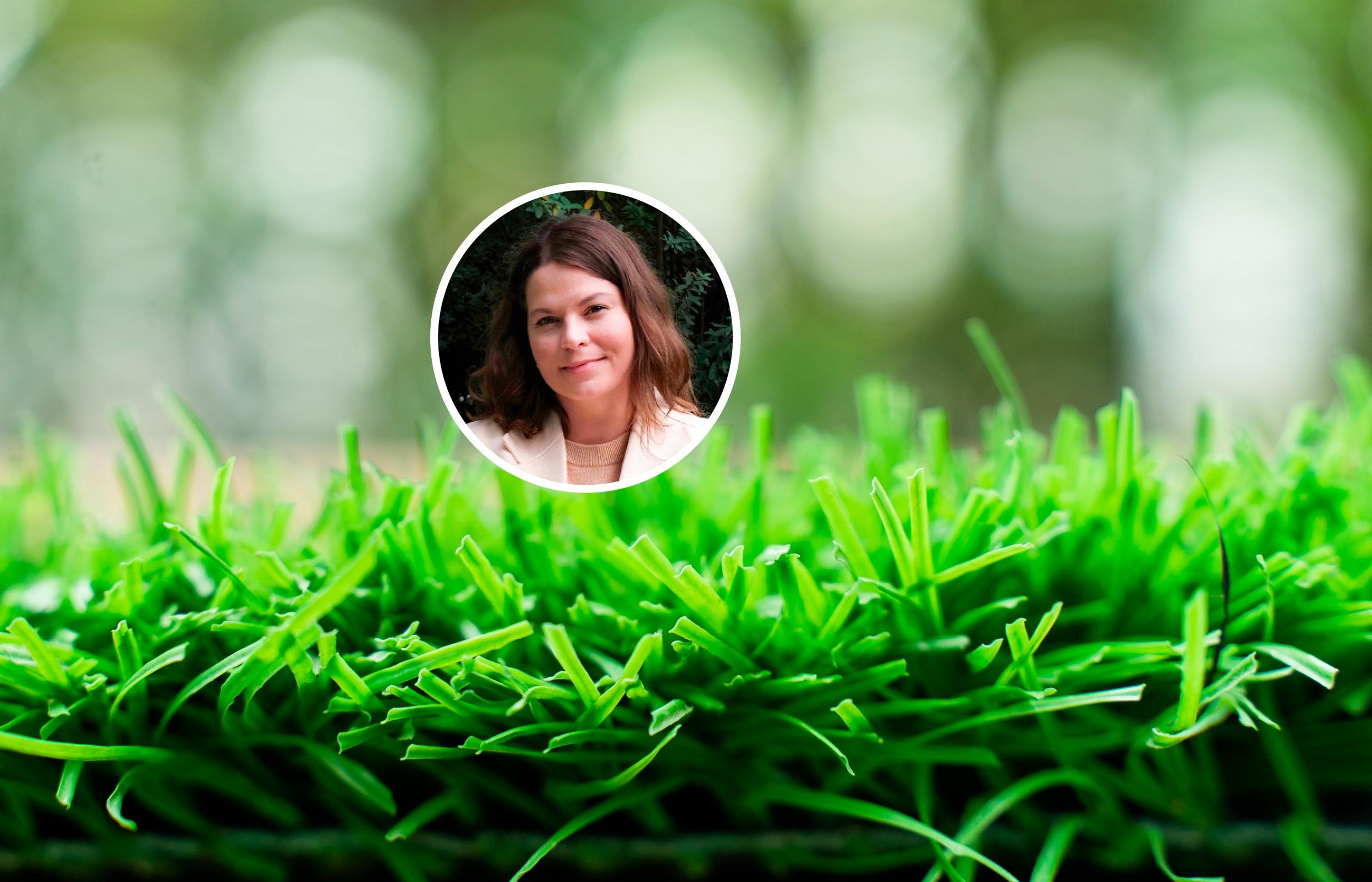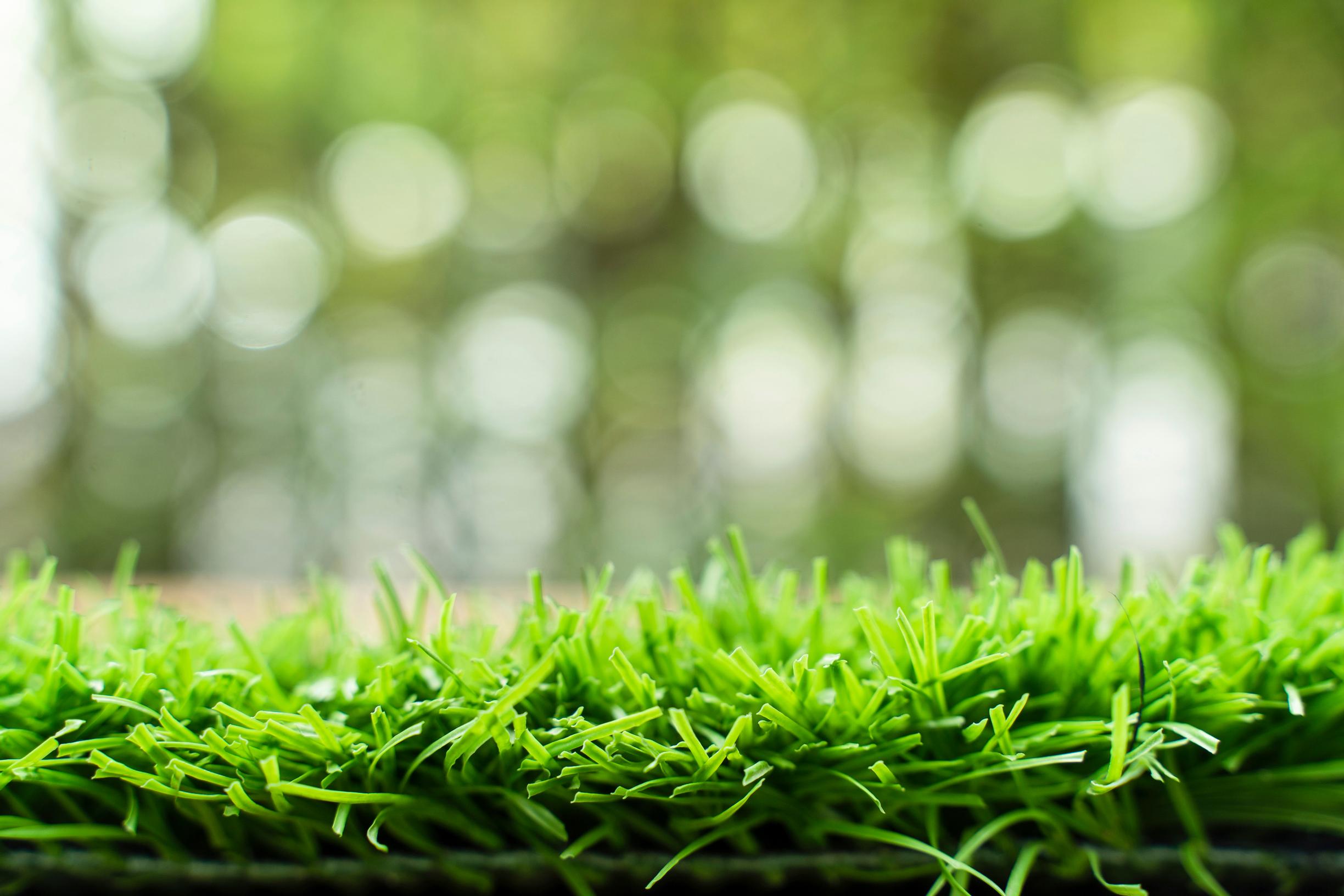
Artificial turf doesn’t belong in yards—according to our expert, there are more reasons than you might think
A plastic lawn can be expensive for both your wallet and the environment, says landscape designer Suvi Tuokko-Harmoinen. In our ‘Exactly!’ series, experts share fascinating insights from their field.
Artificial lawns are marketed as easy, practical, and maintenance-free solutions, but the reality is different. Installing artificial turf often requires considerable groundwork, such as a layer of gravel or drainage pipes. Without these, you’ll end up with plastic lying on top of a puddle. Artificial turf doesn’t filter or absorb water the same way real grass does, and it’s all too easy to end up with a major stormwater problem in your yard.
It’s all too easy to create a major stormwater problem in your yard.
Pollen accumulates on an artificial lawn, leaves, and other organic matter that can’t decompose naturally. They need to be cleaned up, and you might have to use environmentally unfriendly cleaning and mold removal products. In a household with pets, an artificial lawn is especially impractical: the smell becomes unpleasant very quickly.
On scorching summer days, artificial turf heats up the same way sand does at the beach. In a small yard, it can raise the overall temperature. In winter, artificial turf can be slippery.
Artificial turf impoverishes the soil beneath it because there’s nothing on the surface to feed soil microorganisms.
A natural lawn is very long-lasting if you maintain it and patch it when necessary. Artificial turf has a lifespan of about 10–15 years, after which it becomes waste. Both the production and disposal of artificial turf place a burden on the environment. Compared to artificial turf, grass supports biodiversity. In Finland, a typical lawn with multiple grass species may also feature flowers for pollinators.
Artificial turf impoverishes the soil beneath it, because there’s nothing on its surface to feed the soil’s microorganisms. It also doesn’t sequester carbon the way a natural lawn does [in Finnish]. When artificial turf wears down, it releases microplastics that end up in nature and waterways along with rainwater. If you ever want to remove the artificial turf, the depleted soil may need to be replaced for anything to grow there.
In the Nordics, the seasons are an important part of the aesthetic. During the winter months, a garishly green lawn stands out like a sore thumb. It’s a sad sight.
The foundation of a sustainable yard should always be living, breathing nature.



